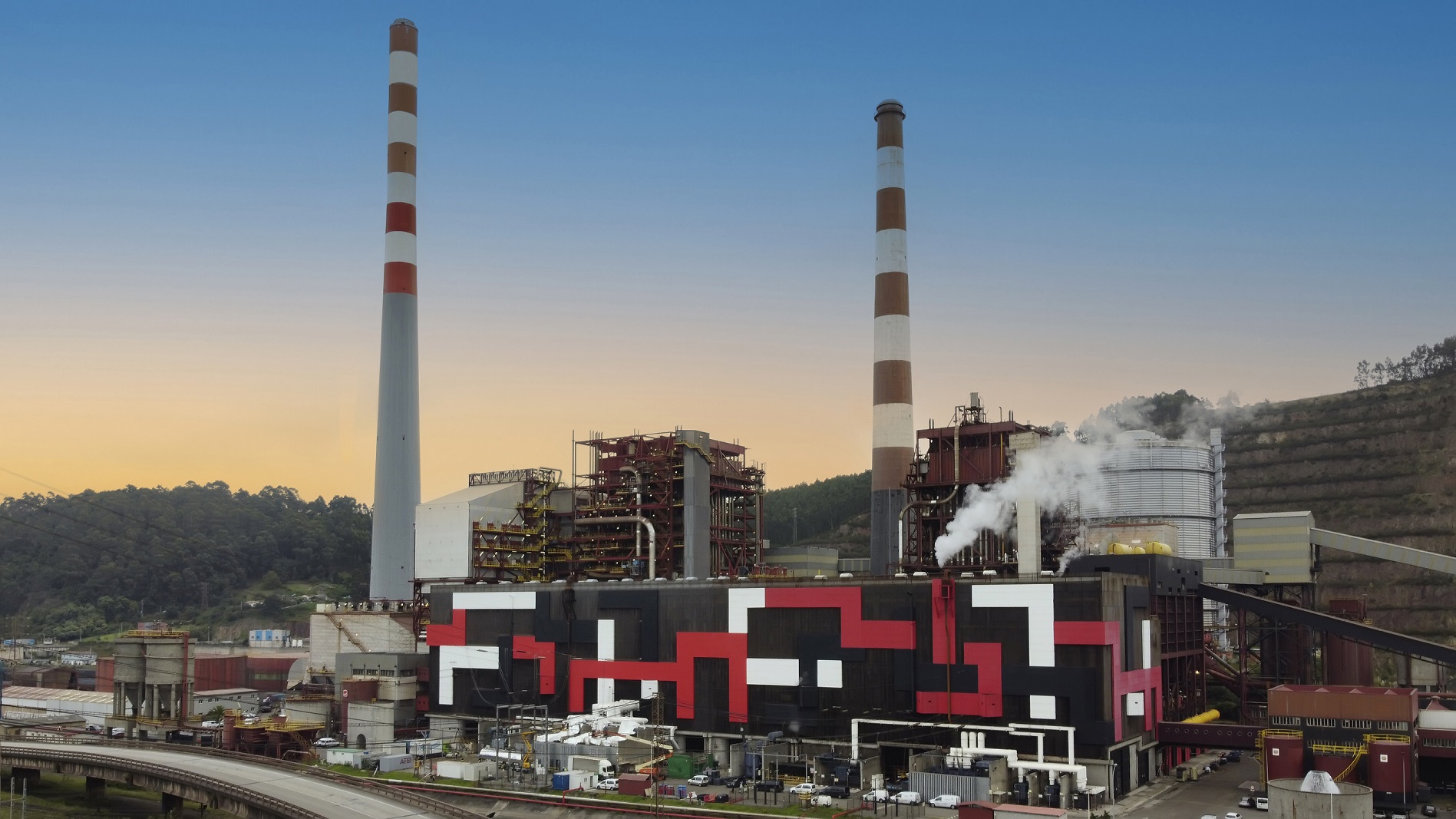
EDP’s Asturian green hydrogen valley, included in the Innovation Fund mechanism of the European Union

The project GreenH2Atlantic, that the energy company will develop in Sines (Portugal), will also receive European financing
The Asturian green hydrogen valley that EDP projects in the grounds of the thermal station of Aboño will receive financing from the Innovation Fund of the European Union.
The European Commission has given a new quality seal to the mature and realistic project of the energy company for transforming Aboño’s power station, by communicating that it will receive subsidies from this program destined to the display of technologies, processes and innovative products that contribute to the decarbonization commitments of the European Union.
Thus, EDP is leading the European green hydrogen map with two projects, in Spain and Portugal, included in this aid mechanism. The energy company EDP promotes 2 out of the 13 projects selected by the European Commission in the category of industry and hydrogen electrification. In total in all of the categories, the Commission has granted financing from the Fund to 41 technology and clean large-scale projects, to which 239 requests were presented.
It is one of the largest financing programs destined to the development of innovative technologies for the reduction of CO2 emissions. The selected projects are distributed among 15 European countries: Spain, Portugal, Austria, Belgium, Croatia, Czech Republic, Denmark, Finland, France, Germany, Greece, Ireland, Italy, the Netherlands and Sweden, as well as Norway. All of them will start operating before 2030 and have the potential to avoid 221 million tons of CO2 emissions in their ten first years operating.
In the case of Aboño, EDP confirms the promotion of the four European mechanisms, thus ratifying its strategic role for the energy transition. The European Commission considers it Important Project of Common European Interest (IPCEI Hy2Use). Moreover, Asturias H2 Valley is one of the initiatives that benefits from funds from the IDAE (Institute for Diversification and Energy Saving) inside the PERTE of renewable energies, renewable hydrogen and storage (ERHA).
The transformation project is already in environmental processing for a first phase of 150 MW at the site. The commissioning of this first phase will take place between the end of 2025 and the beginning of 2026. The second phase contemplates the installation of 350 MW of electrolysers at the site, to be developed depending on market conditions, increasing the capacity to 500 MW of electrolysers. The electricity supply for the production of green hydrogen by electrolysis will come from renewable energy generation plants.
EDP leads the European green hydrogen map, which is presented as key energy vector for decarbonization. Proof of this is that the European Commission has also selected another of its projects to receive funding from the Innovation Fund of the European Union. This is GreenH2Atlantic, a renewable hydrogen production project in Sines (Portugal), which has already been selected as part of the Horizon 2020-Green Deal.
In this case, EDP leads a consortium of 12 entities that will install an electrolyser of around 100 MW to generate green hydrogen at the former Sines thermal power plant operated by EDP.
With both projects, EDP is moving closer to fulfilling its firm ambition of transforming its thermal power plants into “green hubs” by linking four energy axes: green hydrogen, energy storage, renewable energies and flexibility of the electricity system.